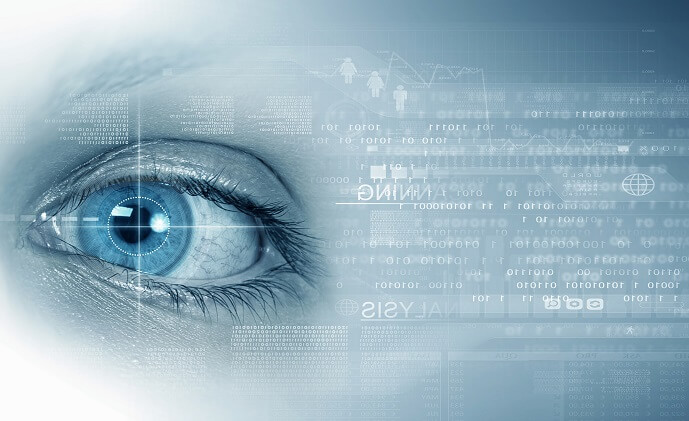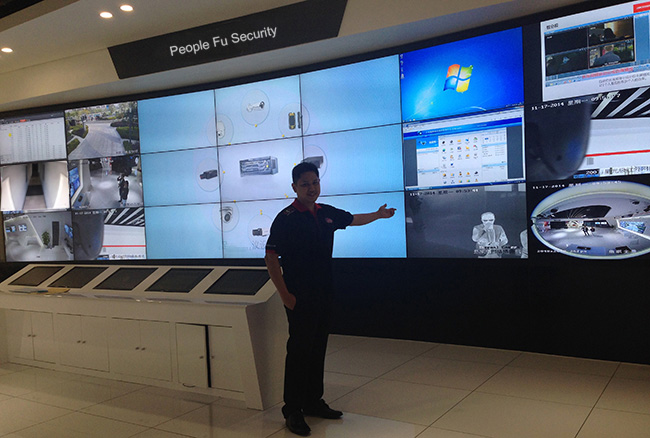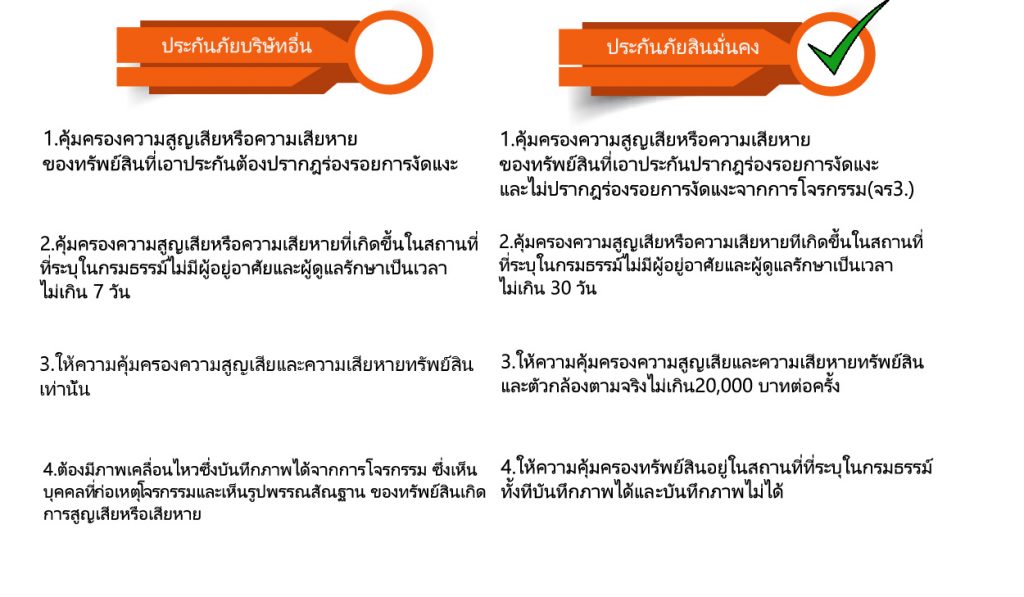With rapid urbanization and increased 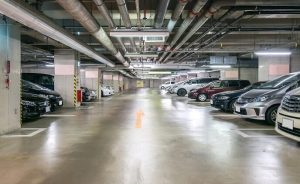 population density in cities, there is a heightened need for mobility solutions. Private vehicles are a preferred mode of transportation for many people in developed economies. As the standard of living continues to go up in several parts of the world, more and more people and companies buy new cars.
population density in cities, there is a heightened need for mobility solutions. Private vehicles are a preferred mode of transportation for many people in developed economies. As the standard of living continues to go up in several parts of the world, more and more people and companies buy new cars.
This has brought with it the challenge of creating space to park these cars in cities. The concept of the parking lot has evolved quite a bit over the years from just a place where people could leave their cars to places that are managed by automated solutions to ensure security and operational efficiency.
Malls and other commercial centers are also increasing in cities, attracting more and more people who prefer to drive in with their cars. This has increased the need for efficient parking lot management system in malls, not just to make sure people have a hassle-free experience but also to avoid wasting money and resources.
Nevertheless, there are several challenges that mall management and solution providers face when it comes to managing parking lots. Some of these challenges are the reason automated systems have come into place. Others persist despite their introduction.
Manual ticketing is time-consuming
Before venturing into the realm of automated parking lot systems, let’s take a look at why electronic solutions should be used. Manual ticketing systems take up time and require more manpower, resulting in higher costs and slower processing.
While this may be seen as an obvious issue to many, the fact is that there are still several malls and commercial entities across the globe that are yet to make a shift from manual ticketing systems.
Paper-based ticketing systems also make the job of information management difficult. In case of any untoward incidents, the management should be able to provide information about any vehicle parked in their space immediately. Automated electronic systems make this possible.
Access control ticketing system failure
One of the worst nightmares for a parking lot manager is the malfunctioning of any access control system. Since malls are often open for long hours and mostly every day of the week, parking lots will be in use most of the time. If there is any failure to the entry management system, there could be delays customer upset.
False damage claims
According to Arvind Mayar, CEO of Secure Parking Solutions, there are always some customers who try to claim that their car was damaged while in the parking lot when in reality the car was already damaged before entering the lot.
To deal with such an issue, there is a need for high-quality surveillance solutions that can provide clear images of the condition of a vehicle at the point of entry. Adequate lighting is also required to support the surveillance systems that are being installed.
Integration
Installing new parking solutions at existing malls and shopping centers is a challenge. But perhaps what’s even more difficult is the integration of these solutions into third-party systems. For instance, surveillance and fire may be managed by a different vendor. Unless all the companies involved are willing to support integration, operations could be tough.
Open standards for traffic data exchange like Datex II become relevant in this context. Fortunately, major companies do support such standards. For instance, Siemens’ intelligent parking solution offers links to third-party applications via open standards such as DATEX II. This interface can allow integration of the data produced by the system for payment providers, enforcement and in-vehicle platforms that consume data in order to provide services that add value to the infrastructure in place.
Source: Prasanth Aby Thomas, Date: 2019/06/21
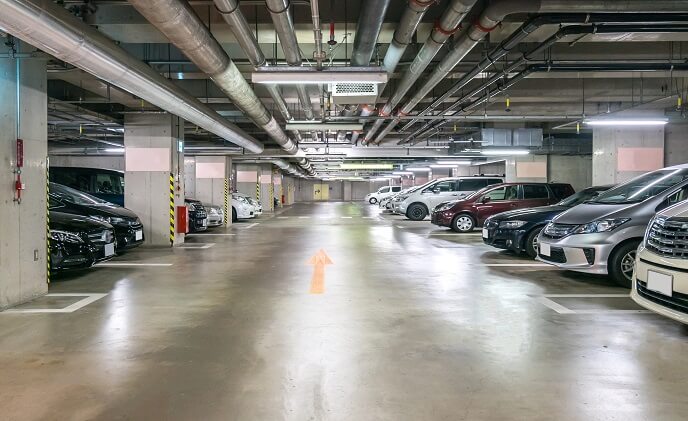

 deploy a face recognition solution can vary depending on the application. Not every situation requires the highest resolution camera or the highest computing power, nor does every every environment pose the same challenges (e.g., lighting, crowding, weather, etc.).
deploy a face recognition solution can vary depending on the application. Not every situation requires the highest resolution camera or the highest computing power, nor does every every environment pose the same challenges (e.g., lighting, crowding, weather, etc.).
